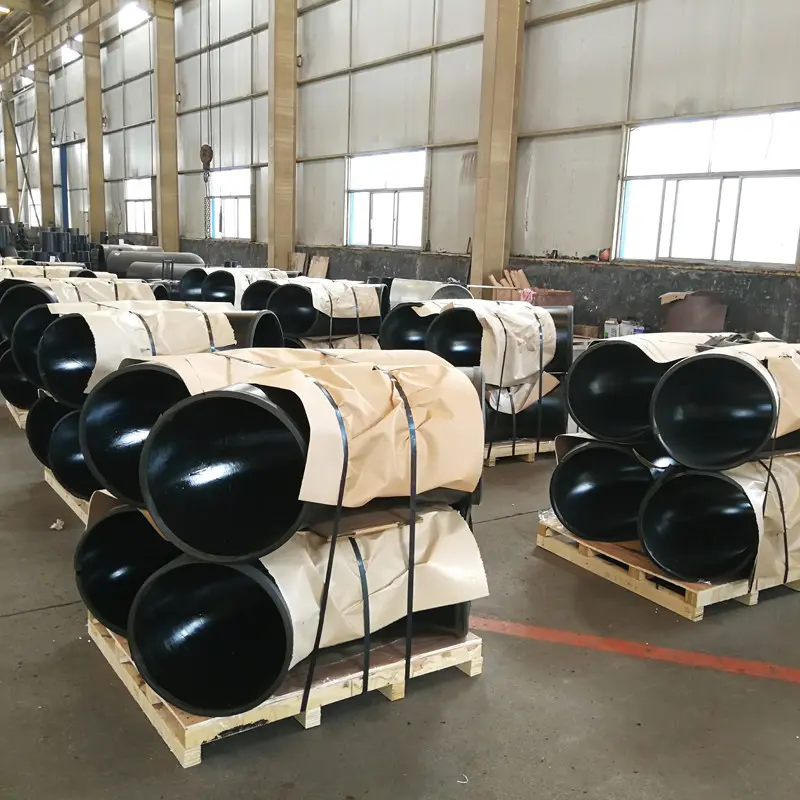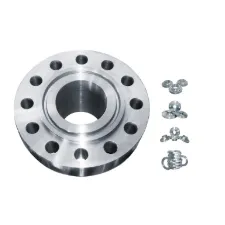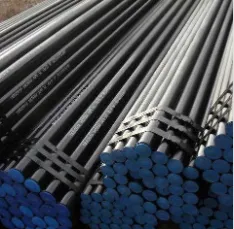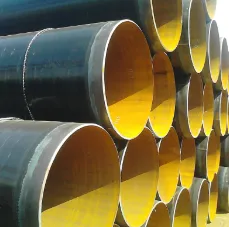

The trustworthiness of alloy 625 fittings also stems from their compliance with international manufacturing standards and certifications. They adhere to stringent norms like ASTM B366 and ASME B16.9, ensuring each fitting meets high-quality benchmarks for safety and durability. Manufacturers invest heavily in quality assurance processes, employing advanced techniques such as ultrasonic testing and radiography to detect potential material defects before deployment. This rigorous testing framework guarantees that users receive a product capable of performing under the most demanding conditions, reducing the risk of downtime and enhancing operational efficiency. A key concern for industries using alloy 625 fittings is the cost factor, given their premium positioning in the market. However, the long-term benefits and reduced maintenance costs present a compelling case for their economic viability. Investing in high-quality fittings reduces the frequency of replacements, thus mitigating the additional expenses associated with operational disruptions. Moreover, purchasing from reputable suppliers ensures both quality and competitive pricing, providing businesses with the confidence that they are investing wisely in their infrastructure. In summary, alloy 625 fittings stand out for their unmatched expertise in handling extreme conditions across various industries. From thermal stability to corrosion resistance, their performance shines through rigorous engineering and stringent quality controls. For businesses looking to maintain a competitive edge while ensuring safety and reliability, alloy 625 fittings offer a trustworthy solution. As industries push the boundaries of innovation and operational demands, leveraging the proven benefits of alloy 625 fittings becomes a strategic choice that aligns with long-term efficiency and safety goals.
Post time: Jan . 13, 2025 15:47
Prev:
Next:















